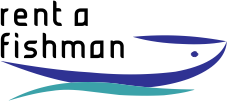Breeding Successes
ZANDER: POPULAR NOBLE FISH WITH GROWING DEMAND
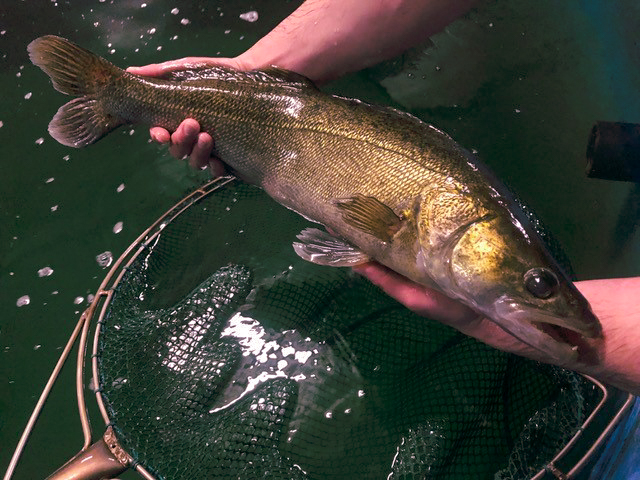
Zander, a noble fish with exceptionally delicious meat, is becoming increasingly popular among wholesalers, retailers, and gastronomy. The demand for locally farmed zander is steadily rising and significantly impacting the fishing industry.
As this demand can hardly be met through wild catches from regional lakes and rivers, zander is increasingly being cultivated in aquaculture, primarily in closed recirculating systems. In these systems, zander grows much faster than in conventional breeding methods and can be sold as table-ready fish after just one year.
With my years of experience in rearing and producing zander in closed recirculating systems in Germany and Europe, I can provide optimal guidance and support. This includes controlling the spawning time through light and temperature programs, successful breeding, adapting zander fry to dry feed, and optimizing the zander fattening process to ensure your economic success and increase your profits.
You can find examples of successful zander marketing as stocking and table-ready fish under the following link:www.VDE-Zander.de

GARNELE: EXQUISITE DELICACY WITH SPECIAL REQUIREMENTS
Whether as a delicious delicacy or a popular marine creature in aquariums, shrimp have become an indispensable part of local fish farming.
Shrimp are crustaceans belonging to the order Decapoda, and they stand out due to their variety of species, colors, and sizes. Well-known shrimp species that are cultivated in aquaculture include White Tiger Shrimp (Litopenaeus vannamei) and Black Tiger Shrimp (Penaeus monodon).
Breeding and rearing shrimp in aquaculture pose significant challenges. To ensure successful breeding, various factors such as environmental conditions, water quality, temperature, salinity, and feed must be optimized to meet the needs of the shrimp.

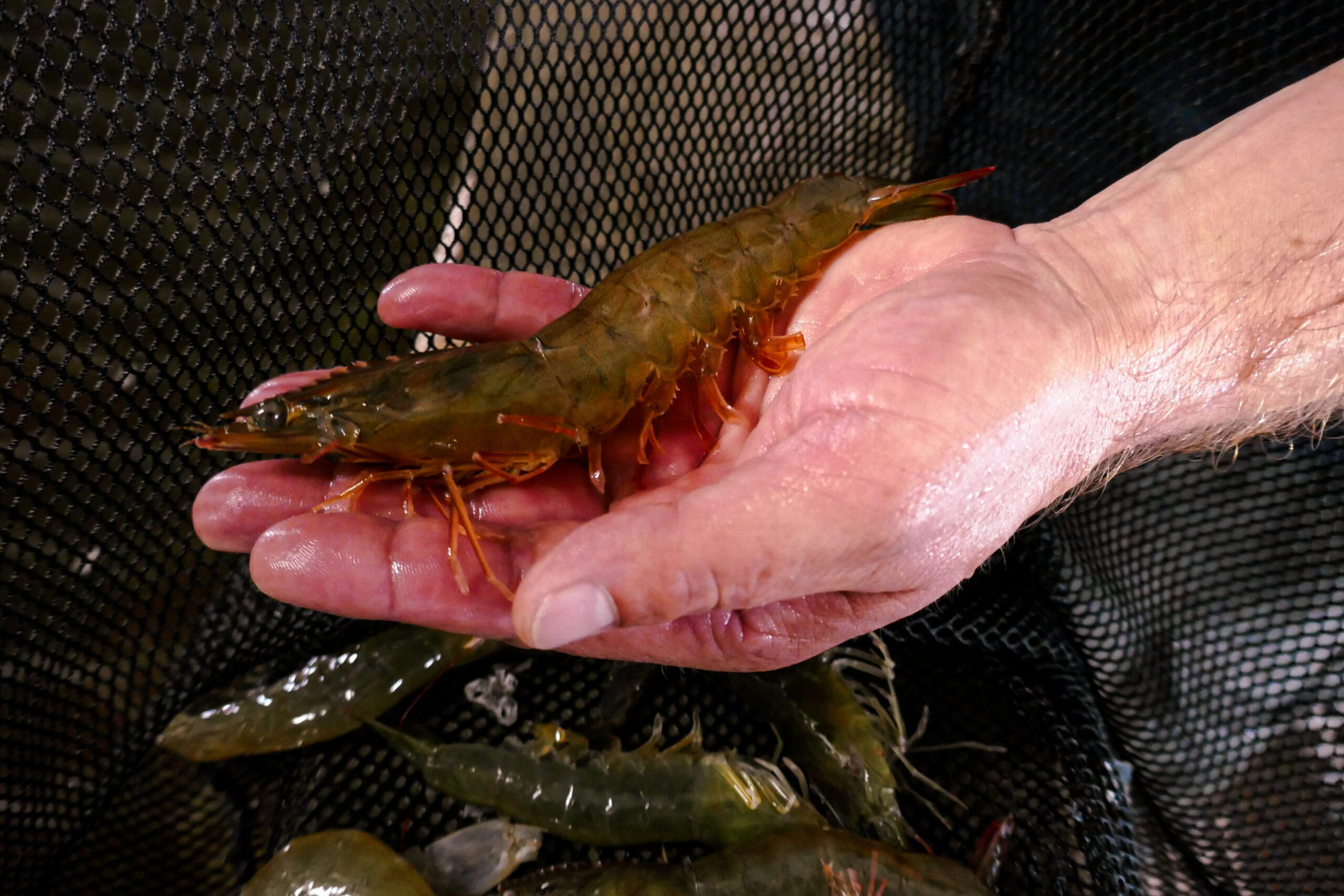
Shrimp larvae go through various developmental stages before reaching adulthood, and their rearing and management require specific techniques and expertise. Controlled shrimp breeding in aquaculture contributes to sustainable provision of high-quality shrimp products while reducing pressure on wild stocks.
In particular, White Tiger Shrimp (Litopenaeus vannamei) are produced in saltwater recirculating systems in Germany and Europe. I have been advising various locations on shrimp production in Germany and Europe for many years, which has resulted in a wealth of experience in production and facility setup of recirculating systems. By implementing various optimizations in management, environmental conditions, and recirculating systems, I have successfully reduced the time required for shrimp fattening from post-larval stage to market-ready 25g shrimp from the standard 5-6 months to just 3-4 months. This significantly improves the profitability of your recirculating system.
Please feel free to contact me if I can assist you with your shrimp production or support you in planning and establishing a new recirculating system for shrimp production.
SALMONIDS – SALMON AND TROUT-LIKE FISH: CHALLENGING TABLE FISH WITH WORLDWIDE REPUTATION
Salmonids refer to the salmon and trout-like fish belonging to the order Salmoniformes. Among the most well-known species of salmonids are salmon, trout, char, and grayling. These fish are globally recognized for their economic importance in aquaculture as well as their popularity as table-ready fish.
Salmonids are known for their adaptability to both freshwater and saltwater environments and play a diverse ecological role in rivers, lakes, and coastal waters. They are demanding fish whose breeding and rearing require specific conditions and specialized breeding techniques. I have been involved in salmonids from the beginning of my career as a fish farmer, and over the past decades, I have continuously optimized their breeding, rearing, and fattening in both flow-through and recirculating systems.
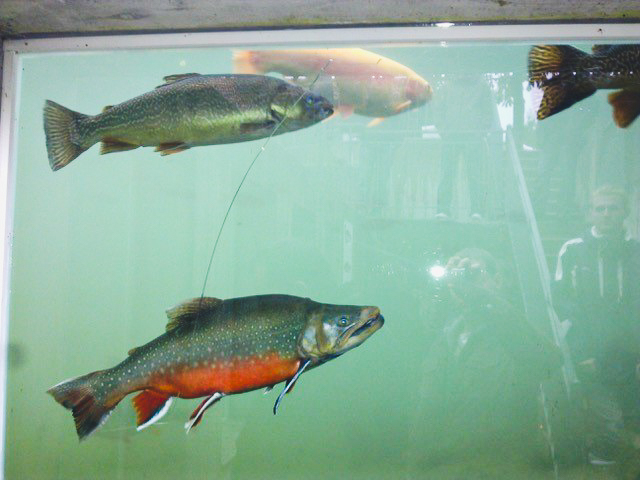
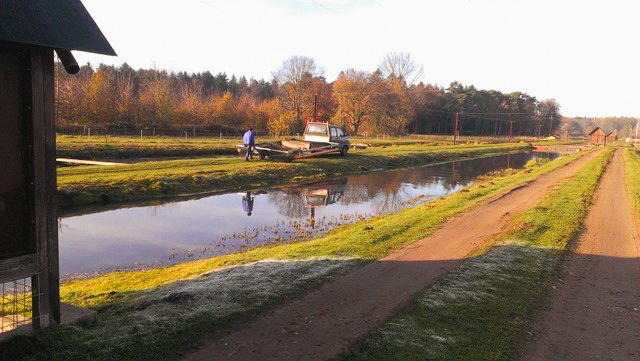
For instance, with the use of artificial light, we can influence the spawning time of salmonids independently of the natural season. In a project with the University of Göttingen, we successfully stripped the same breeding pairs up to three times a year under optimal conditions.
For instance, with the use of artificial light, we can influence the spawning time of salmonids independently of the natural season. In a project with the University of Göttingen, we successfully stripped the same breeding pairs up to three times a year under optimal conditions. This allows for breeding the fish and obtaining "summer eggs" regardless of the natural spawning period.
Furthermore, I conducted a two-year practical experiment with customers in which we kept Atlantic salmon, Pacific salmon, and rainbow trout in the same freshwater recirculating system to compare parameters such as growth, fish health, animal welfare, feed intake, feed conversion, and more.
I am happy to support you in your fish farming endeavors, from breeding and rearing salmon and trout-like fish to providing consultation on planning and establishing new flow-through or recirculating fish farms for salmonid production.
STURGEON: DELICIOUS TABLE FISH AND CAVIAR PRODUCER
In recent years, sturgeon has gained significant importance in aquaculture. Whether as a delicious table fish, captivating ornamental fish, or valuable caviar producer, sturgeon species have become an integral part of local fish farming.
Unfortunately, breeding and rearing these endangered and protected fish species pose considerable challenges. Particularly in aquaculture, influencing the spawning time through light and temperature programs is crucial. The use of natural or artificial hormones also presents challenges. Furthermore, hatching, rearing, and transitioning to dry feed are complex processes.
With my extensive experience from various facilities in Germany, Romania, and Italy, I am a competent partner in sturgeon breeding and can provide guidance and support throughout all challenging developmental phases of these prehistoric fish in aquaculture. I can also assist you with sturgeon caviar production.
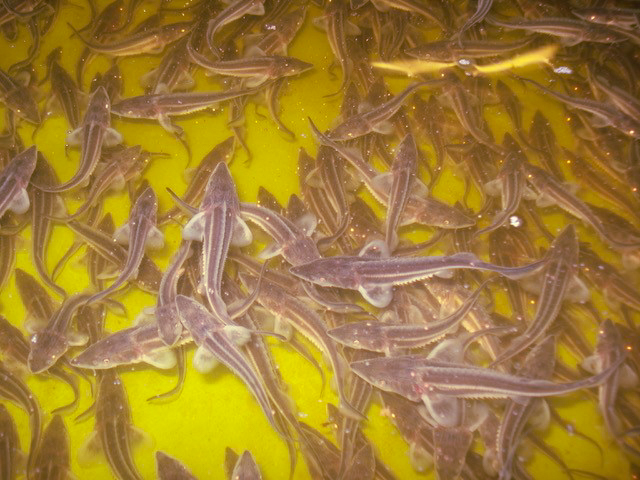

This includes evaluating the gonads through biopsies, planning slaughterhouses for caviar production, and the extraction of gonads and caviar production in jars or cans.
Ihre Fischzucht-Kreislaufanlage: Optimale Beratung
für Erfolg und
Wirtschaftlichkeit
Ihre Fischzucht-Kreislaufanlage: Optimale
Beratung
für Erfolg und
Wirtschaftlich-
keit

Recirculating Aquaculture Systems (RAS) enable the production of high-quality fish regardless of location and independent of environmental conditions. Despite the many advantages of this aquaculture method, such as modern and well-coordinated technology, automation of many processes, and the possibility of operating within a production hall, high investment and production costs can be burdensome for economic success. To minimize these disadvantages, optimal planning and system utilization are crucial.
With my expertise and extensive experience with various recirculating systems in Germany and Europe, I am ideally positioned to support you in optimizing your production and managing your facility. I possess comprehensive knowledge in rearing various fish species and crustaceans, including trout, char, salmon, zander, shrimp, and many others. My consultation covers essential aspects such as selecting suitable fish species, production planning, stocking management, water parameter control, feed management, selecting equipment components, processing, marketing, sales, and handling various fish species. With my support, you can significantly enhance the profitability of your fish farm recirculating system. Whether you are looking to improve an existing system or plan to establish a new recirculating aquaculture facility, I am committed to providing tailored advice and guidance to help you achieve sustainable success and economic viability. Together, we will ensure that your fish farm recirculating system operates at its best, producing top-quality fish and thriving in the aquaculture market. Let's work together towards making your aquaculture venture a prosperous and rewarding endeavor.
